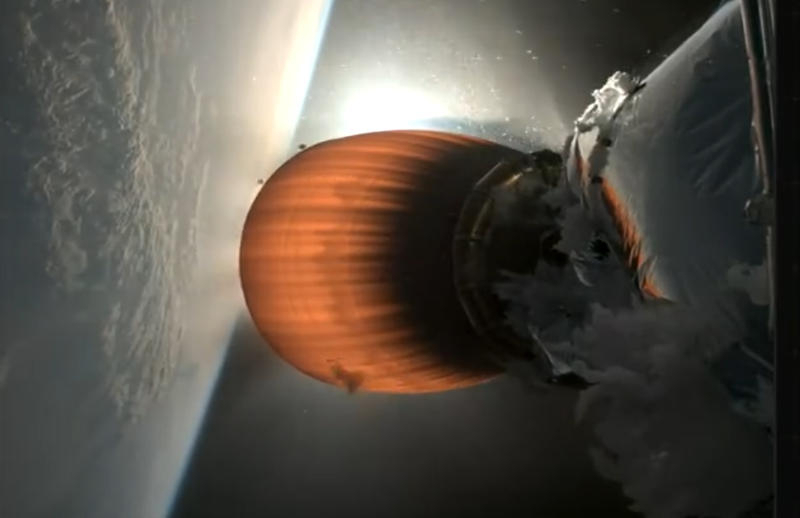SpaceX reported that the cause of the failure of the second stage engine of the Falcon 9 rocket during the final stage of flight was a crack in the liquid oxygen tank. A crack has formed at the connection point of the pressure sensor. Its appearance was caused by material fatigue caused by work loads. Removing the sensor solves the problem and allows the company to return to launches in the next 24 hours.

Image source: x.com/SpaceX
Let us remind you that the Falcon 9 rocket, which has made more than 300 accident-free launches in a row since 2016, on July 11, 2024, was unable to complete the launch of the next batch of 20 Starlink satellites into a given orbit. The single second (boost) stage engine on the rocket was unable to restart to bring the load to the required altitude, resulting in the loss of all satellites. The regulator immediately canceled the launches of the Falcon 9 rocket, which, among other things, delivered crews to the ISS.
SpaceX almost immediately identified the apparent cause of the accident – it was a leak of liquid oxygen. Yesterday the details and the main reason for what happened became known. As engineers and the commission found out, during flight vibrations, a crack appeared at the location where the pressure sensor was installed on the oxygen tank. The oxygen leak supercooled the second stage engine components and, above all, the flammable fluid supply system to re-ignite the engine.
An attempt to start the upper stage engine resulted in a “hard” start and damage. The upper stage was unable to increase the altitude from 135 km, where it was located at that moment, to the calculated altitude. Since the sensor that caused the accident was redundant and was not used for launch safety, it was decided to remove it. Also, sensors were removed from other upper stages. In the presence of FAA representatives, SpaceX specialists tested the blocks modified in this way and proved the safety of intervention in the design of the stages.
After completing the tests, SpaceX immediately sent a request to the US Civil Aviation Administration for permission to resume launches. She is ready to resume them tomorrow – Saturday July 27, 2024.